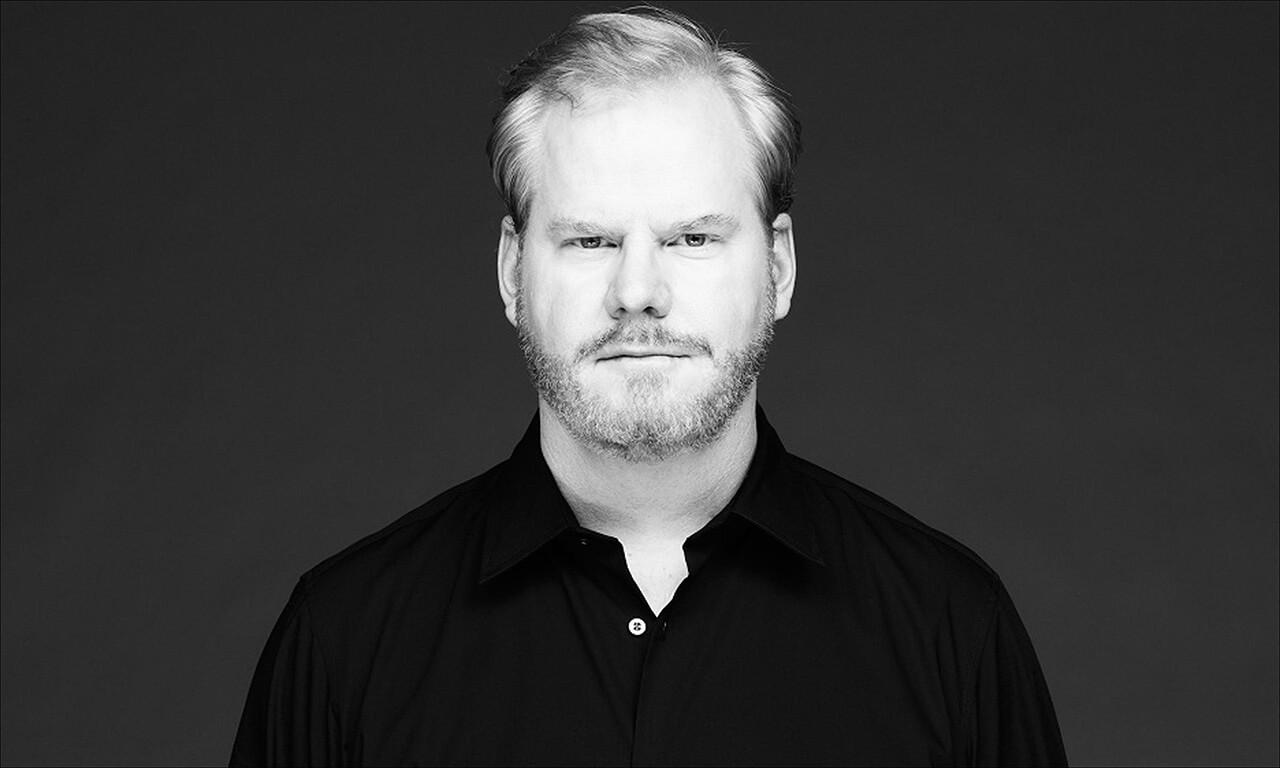We all remember high school and its cliques: the jocks, the nerds, the stoners, etc…and of course the mass of kids who just hope to survive without any embarrassing moments on their permanent record. One thing was certain: you were either a cool kid, or you wanted to be one. If you were a cool kid, you did everything in your power to remain in that position, and if you weren’t, you did everything you could to be accepted by the cool kids.
Celebrity Crushes
I’m reminded of this Lord of the Flies scenario by the attitude of many practicing Catholics today. Being a Catholic today is like being the last kid picked for kickball, and the kid picked before you was on crutches. This impacts how we interact with our culture: we all have a natural desire to be liked and accepted. So we have a temptation to grasp any acceptance we can find, like an insecure teenage girl who wants the quarterback to notice her. Every few weeks Catholic social media gushes over a random celebrity who said something that wasn’t completely anti-Catholic. Did you hear? Mark Wahlberg said he goes to Mass! Hey, Patricia Heaton is pro-life! Melania Trump looked at a Mary statue! Catholics end up sounding like a Sally Field acceptance speech, “They like me – they really like me!”
One celebrity that has been highly feted in recent years by Catholics is the stand-up comedian Jim Gaffigan. He’s been a speaker at a FOCUS conference, gave the commencement address at Catholic University, and was even featured at the World Meeting of Families in 2015. Catholics assumed that since he has more than 2.3 kids and doesn’t attack the Church like a typical Hollywood star, then he must be a practicing, orthodox Catholic. His public canonization was nearly complete.
Not so fast:

That’s right: model Catholic Jim Gaffigan publicly supported an event that celebrates objectively sinful activity. When’s that next World Meeting of Families so we can invite the president of Planned Parenthood? Of course, for those paying attention, it’s been clear for years that Gaffigan would only go so far in his support of Catholic teaching, as his shows have always been gay-friendly. The homosexual agenda is incredibly powerful in Hollywood, and anyone who dares to oppose it quickly finds themselves lower than Carrot Top in the Hollywood hierarchy.
American or Catholic?
The inferiority complex Catholics feel has a long history in this country. In fact, I would argue that it’s embedded in the American Catholic psyche. The United States is beyond question a Protestant country, with Protestant founders, and Protestant history, and a clear Protestant majority population. Catholics have long felt the need to “fit in” so that they can peacefully practice their faith without interference. But by fitting in, Catholics have often themselves “interfered” with their Church—by reshaping it in a more American-palatable image.
A supreme example was the presidential candidacy of John F. Kennedy in 1960. As potentially the first Catholic president, Kennedy made sure to downplay any connection between himself and the Vatican. In his famous address to Protestant clergy, Kennedy made clear that the Vatican—and by extension, Church teaching—would have no effect on his decision-making.
A couple decades later, Catholic governor Mario Cuomo ran for the 1984 presidential nomination in the abortion-loving Democratic party, and he made the now-infamous (and false) distinction between his private beliefs and public policy. Since then, many Catholic politicians have used the same cover when running on a pro-abortion platform.
But for Pride, Richard?
This rush for acceptance isn’t limited to political circles; Catholics in America by and large avoid parading any peculiar Catholic beliefs and practices, in order to fit in to our non- (and often anti-) Catholic culture. We throw away our Catholic beliefs in order to gain acceptance in a world suspicious of Catholicism. We’ve seen the same phenomenon inside the Church as well. Prelates are terrified to confront sinful lifestyles if it means challenging our rainbow-colored zeitgeist. Priests don’t preach against popular sins for fear of appearing out-of-touch, losing the support of well-heeled donors, or being called down to the chancery for a tongue-lashing. And popular ministries—many of which often are sincerely trying to follow Church teaching—lift up as models celebrities who follow the religion of “pride” more than God’s religion.
Our Lord told us, “For what shall it profit a man, if he gain the whole world, and suffer the loss of his soul?” (Mark 8:36). And what does it profit the Church, to gain the world’s acceptance, and suffer the loss of her soul? Instead of striving to find acceptance among the world’s elite, Catholics should be striving to be accepted by Heaven’s elite: Our Lord, Our Lady, and the Saints. Like St. Thomas More, we must be willing to face rejection by those in power—even in the face of death—in order to be faithful to Christ.
In those high school cliques, it’s usually the kids who don’t care about being “cool” who end up the most successful in life, for they, like St. Thomas More, are the most self-assured. The cool kids, on the other hand, often simply spend their days reliving their high school glory years, still pining for attention from others. Catholics can learn a lesson from this.
With Jim Gaffigan publicly supporting one of the “sins that cry to heaven” (CCC 1867), the only people laughing now are those who wish to see the Catholic Church, desperate for acceptance, continue its slide into cultural irrelevance.


